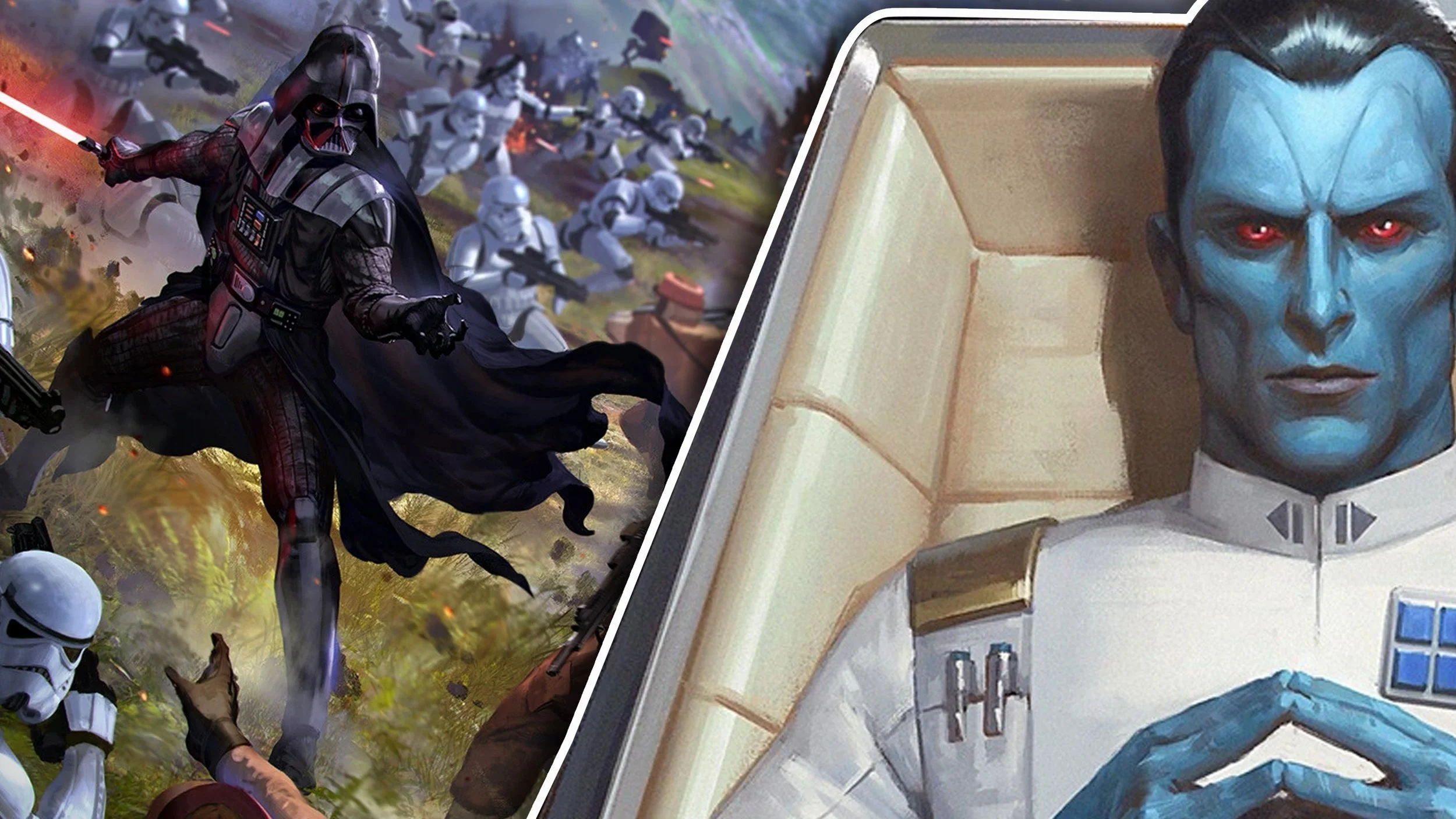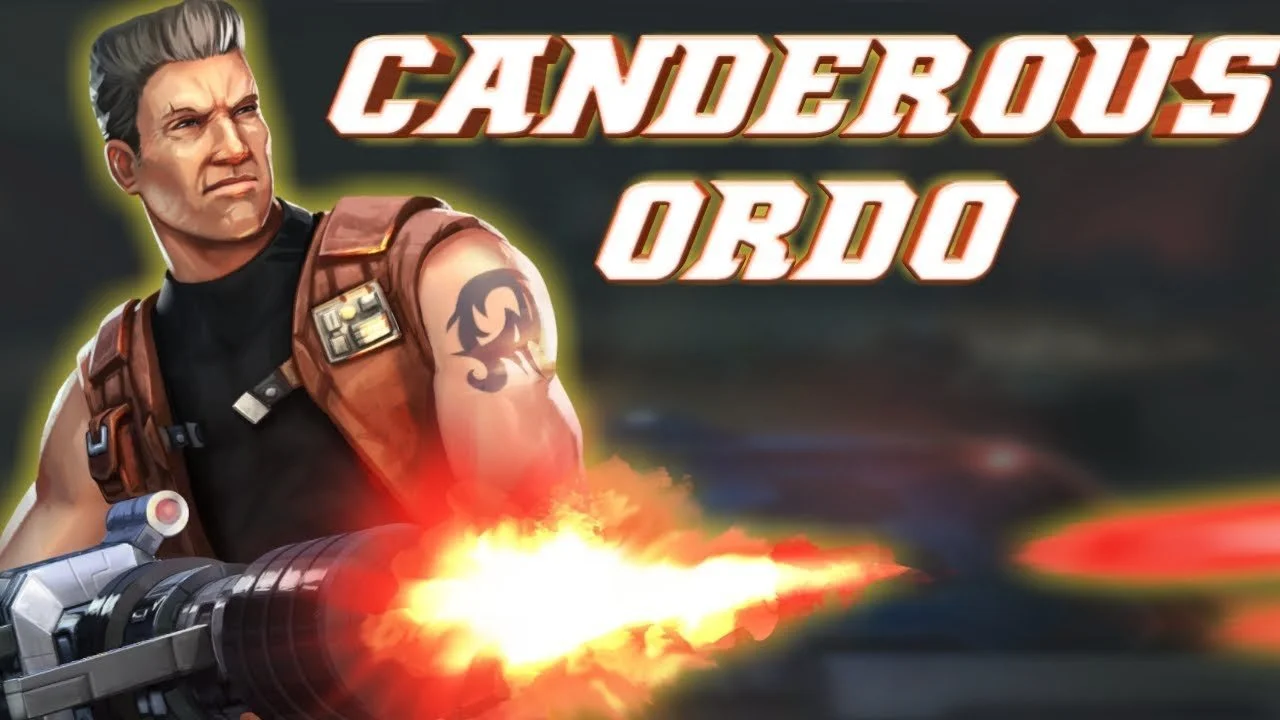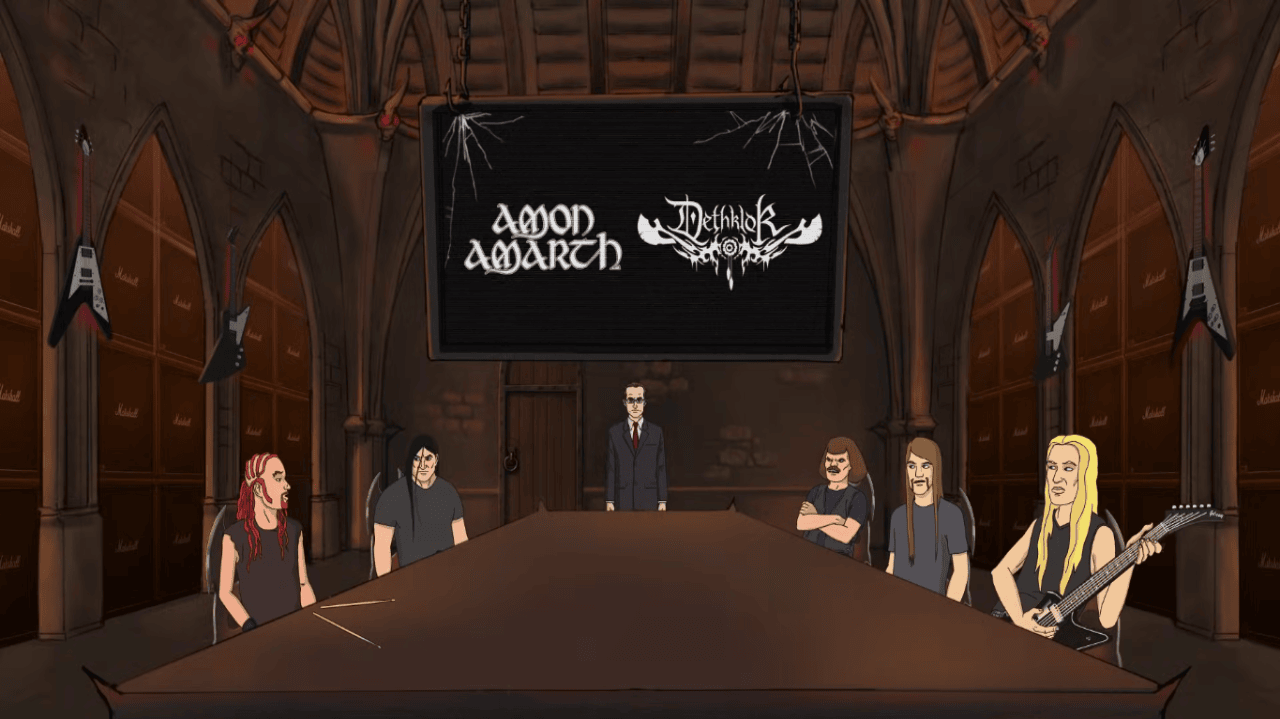Why Was Grand Admiral Thrawn Absent During The 'Star Wars' Original Trilogy Galactic Civil War?
Image Source: CultureSlate
Grand Admiral Thrawn, the Chiss Navy officer who took the fandom by storm when he appeared in the expanded universe, and eventually made his way to the new canon, is returning to the Star Wars galaxy for the first time in live action. Despite being arguably one of the most prominent members of the Imperial Navy, Thrawn never appeared in the Original Trilogy in any form. As stated before, his introduction came from the expanded universe, specifically, the Heir to the Empire trilogy written by Timothy Zahn. Where was he, and what was he doing? There are some very interesting answers to these questions.
In Legends, Thrawn is sent into the Unknown Regions by Palpatine to lead a campaign of conquest. It was during this time that the events of the Original Trilogy took place, as Thrawn was setting up outposts and garrisons and taking worlds. When everything was over, Thrawn returned to Imperial space and began taking over. Since Thrawn’s rank was a secret, none of the Warlords knew about him, enabling him to take over their territory. That is where Heir to the Empire begins, with Thrawn almost completely in control of Imperial space, and planning an attack on the New Republic.
RELATED:
In canon, however, things were a bit different. Thrawn appeared in Star Wars Rebels, set before the Original Trilogy, where his job was to locate and track down rebel cells. This was during the infancy of the Alliance trying to restore the Republic. This brought him to the Spectres and led to conflict between both of them. This all led to a showdown between Ezra Bridger and Thrawn on a Star Destroyer, which was resolved when Bridger used his connection with the Force, in conjunction with a pod of the whale-like purgill, to send them both to the Unknown Regions. There’s still a lot we don’t know about what happens to Grand Admiral Thrawn, but Ahsoka should have the answers as to where he is when we reach the time of the Original Trilogy.
READ NEXT:
Source: Screenrant













